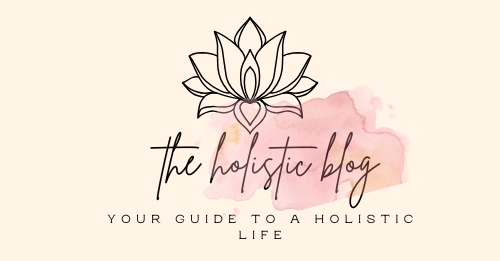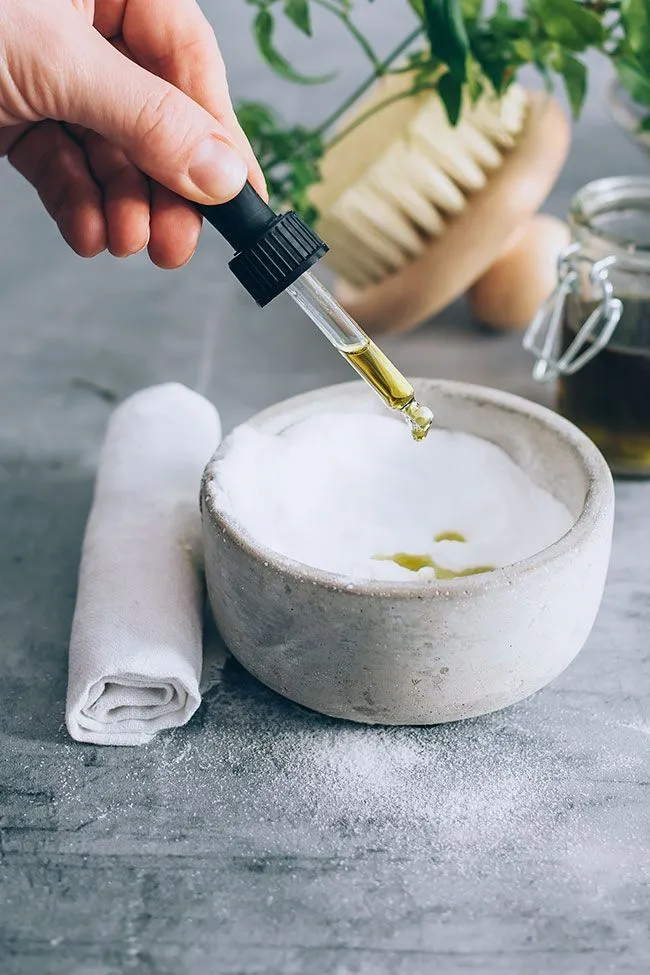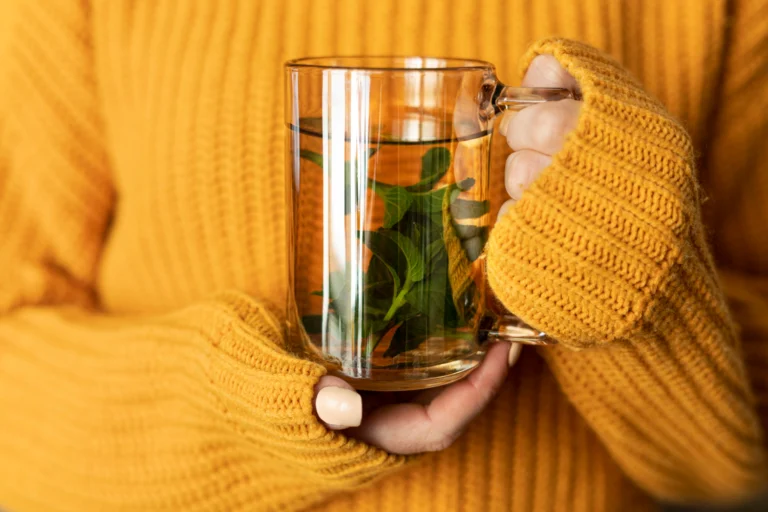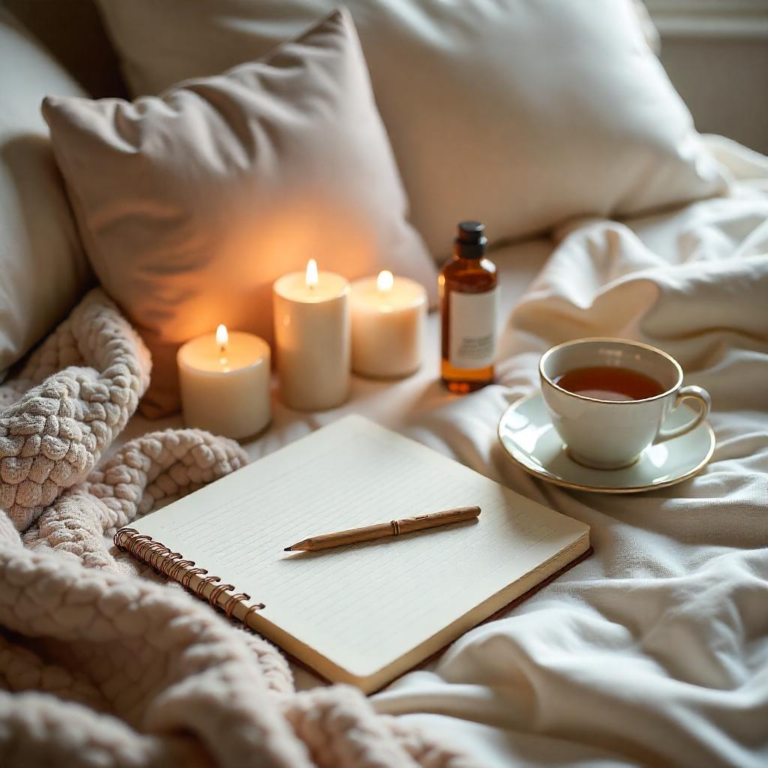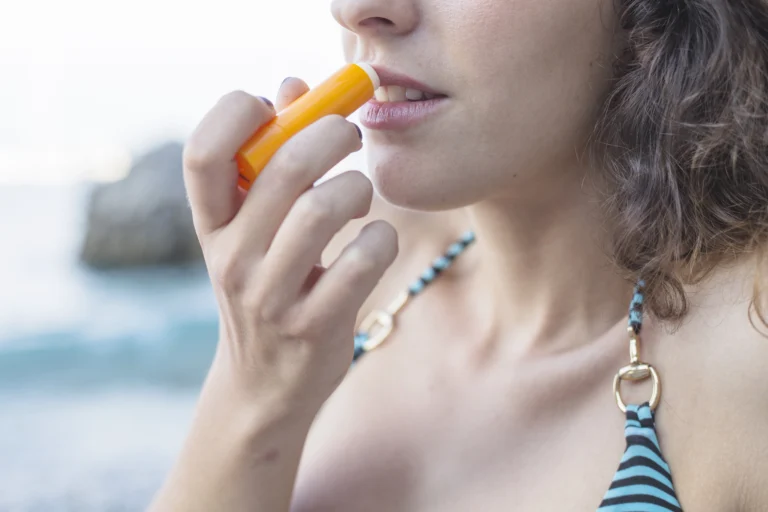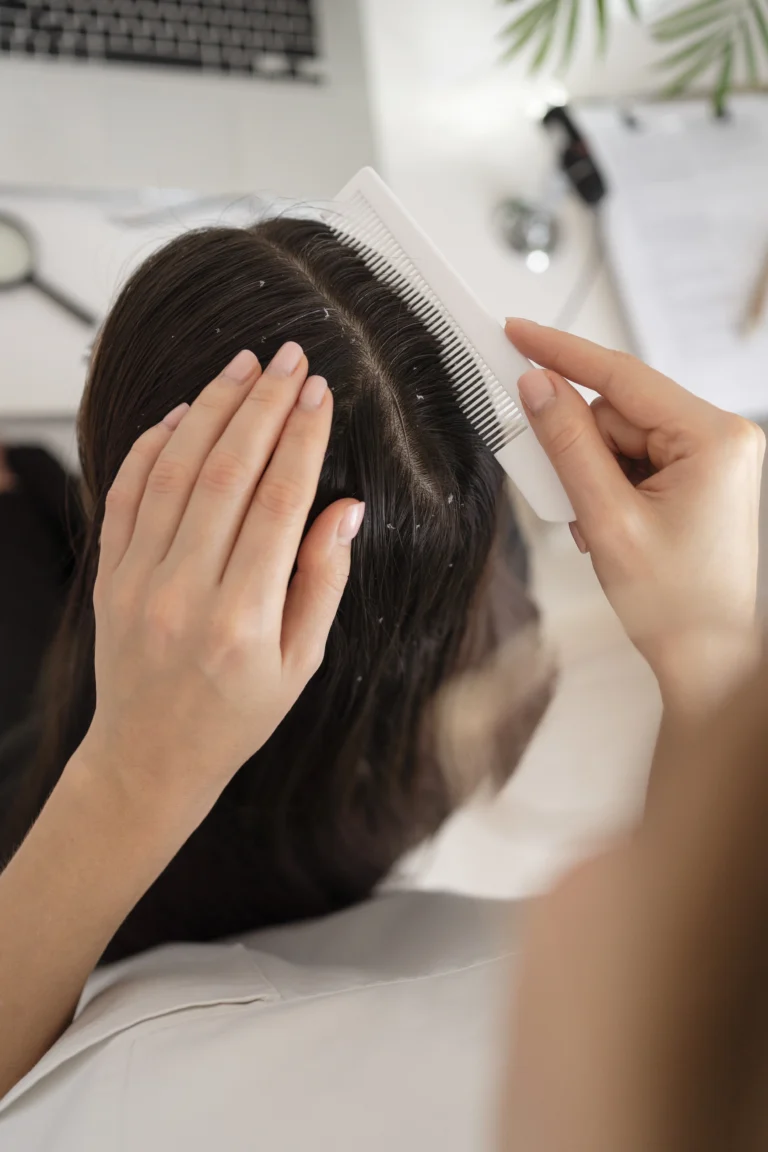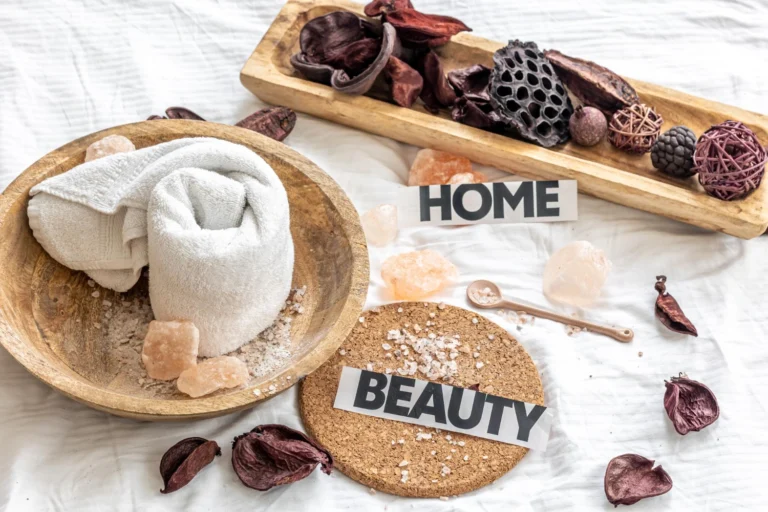How to Make Essential Oils: A 4 Step-by-Step Guide
Table of Contents
Introduction: Discover the Therapeutic Power of Essential Oils
Have you ever felt the calming effect of lavender as it soothes your mind after a long day? Or perhaps you’ve enjoyed the invigorating scent of peppermint when you need a boost of energy? Essential oils are more than just pleasant fragrances; they offer a variety of therapeutic benefits, from improving mental health to enhancing physical well-being. The best part? You can make your own high-quality essential oils right at home!
In this guide, we’ll walk you through the entire process of how to make essential oils. Whether you’re a seasoned DIY enthusiast or just curious about the world of aromatherapy, you’ll discover everything you need to know—from gathering your materials to the step-by-step extraction methods. By the end, you’ll have the knowledge and confidence to create your own essential oils, bringing the healing powers of nature right into your home.
Understanding Essential Oils and Their Benefits
What Are Essential Oils?
Essential oils are concentrated extracts derived from various parts of plants, such as flowers, leaves, stems, and roots. These oils carry the natural fragrance and properties of the plant from which they are extracted. Unlike synthetic perfumes, essential oils are 100% pure and are typically used in a range of applications, including aromatherapy, skincare, and cleaning products.
Essential oils contain compounds that contribute to the plant’s therapeutic effects, whether it’s calming anxiety, soothing sore muscles, or uplifting your mood. Each essential oil has its own unique chemical composition, making them versatile tools for natural healing.
The Health Benefits of Essential Oils
Using essential oils can do wonders for your health and well-being. Here’s a quick look at how some oils can improve your mental and physical health:
- Mental Health Benefits: Essential oils like lavender, chamomile, and ylang-ylang are known for their relaxing properties. They can reduce anxiety, stress, and improve overall emotional health. Simply inhaling the scent of these oils can help balance your mood.
- Physical Health Benefits: Eucalyptus, tea tree, and peppermint essential oils are famous for their ability to relieve pain and inflammation. Peppermint oil, for example, can be applied topically to relieve headaches or muscle soreness.
- Immune System Support: Some oils, such as lemon, oregano, and frankincense, are known to boost the immune system. They can be diffused into the air or applied topically to help protect against illness.
When you make your own essential oils, you ensure that they are 100% natural and free of harmful additives, which is key to enjoying these health benefits.
Essential Oils Making Methods: From Harvest to Bottling
Common Methods for Extracting Essential Oils
Before you dive into making your own essential oils, it’s important to understand the various methods used to extract them. Each method varies in complexity, but all of them aim to preserve the natural integrity of the plant.
Steam Distillation
Steam distillation is by far the most popular method for extracting essential oils. It involves passing steam through plant material, which helps release the essential oil into the steam. The steam is then condensed back into water, and the oil is separated.
- Steps: The plant material is placed in a distillation chamber, and steam is introduced. As the steam passes through the plant, it releases essential oils. The condensed steam is collected in a separate container where the essential oils float to the top, allowing you to skim them off.
- Best For: Most flowers, herbs, and spices like lavender, peppermint, and rosemary.
Cold Press Extraction
Cold pressing is ideal for citrus fruits, such as oranges, lemons, and grapefruits. In this method, the peel of the fruit is mechanically pressed to release the oil.
- Steps: The peels are mechanically squeezed to release the oil. No heat is applied, preserving the fresh, zesty aroma.
- Best For: Citrus oils like lemon, lime, and orange.
Solvent Extraction
Solvent extraction is often used for delicate flowers, like jasmine or tuberose, which cannot withstand the heat of steam distillation. A solvent is used to dissolve the oils from the plant material, and then the solvent is removed, leaving behind the pure essential oil.
- Steps: The plant material is soaked in a solvent, which dissolves the oils. The solvent is then evaporated, leaving the essential oil behind.
- Best For: Flowers with delicate structures, such as jasmine and rose.
CO2 Extraction
CO2 extraction is a modern method that uses carbon dioxide under high pressure to extract the essential oil. This method is one of the cleanest and safest ways to produce oils, retaining all of the plant’s natural compounds.
- Steps: CO2 is used to extract oils from the plant material. This method allows for greater control and precision in extracting the purest form of the oil.
- Best For: High-quality oils, such as frankincense, myrrh, and sandalwood.
Gathering Your Materials for DIY Essential Oils
To start making your own essential oils, you’ll need the right materials and equipment. Here’s a quick checklist to make sure you have everything you need:
- Distillation Kit: If you choose to use steam distillation, you’ll need a distillation kit. These are available online and come with all the necessary parts to get started.
- Carrier Oils: While essential oils are concentrated and should never be applied directly to the skin without dilution, you’ll need carrier oils like jojoba, coconut, or olive oil to dilute them.
- Glass Containers: Essential oils should always be stored in dark glass bottles to protect them from light and preserve their potency.
- Fresh Plant Material: The fresher the plant, the better the oil. Make sure to gather the plant material you plan to use right before starting the extraction process.
How to Make Essential Oils: Step-by-Step Process
Now that you have all the materials, it’s time to get started! Here’s a step-by-step guide to making essential oils at home.
Preparing Your Plants for Extraction
The first step in making essential oils is to prepare your plants. The quality of the plant material you use directly impacts the final product, so be sure to choose fresh, high-quality plants.
Harvesting and Preparing the Plants
- Best Time to Harvest: Harvest your plants in the morning when their essential oil content is highest. Be sure to pick plants that are free from pesticides and chemicals.
- Preparing the Plants: For steam distillation, you’ll want to chop or bruise the plant material to help release the oils. For citrus fruits, simply peel the fruit.
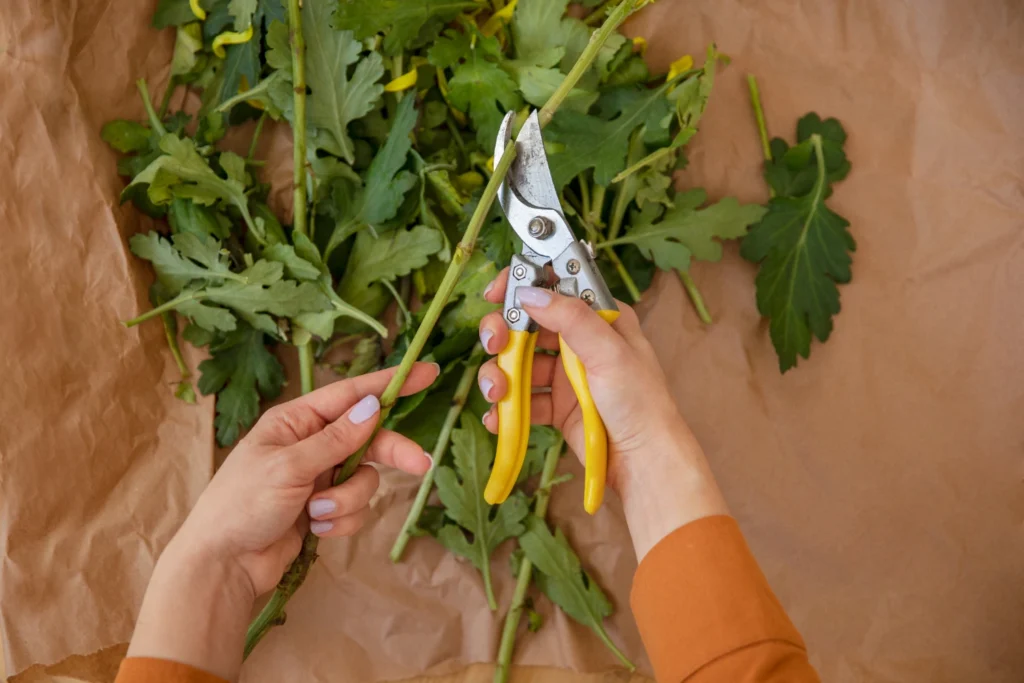
Distilling Your Essential Oils
Once your plants are ready, it’s time to start the extraction process.
Running the Steam Distillation Process
- Set Up: Place your plant material in the distillation chamber and add water. Heat the water to produce steam, which will carry the essential oil from the plant.
- Maintain the Right Temperature: Keep the temperature steady to ensure that the oils are extracted without being damaged.
- Collect the Oil: The steam will condense and collect in a separate container. The essential oil will float on top of the water, and you can carefully separate it.
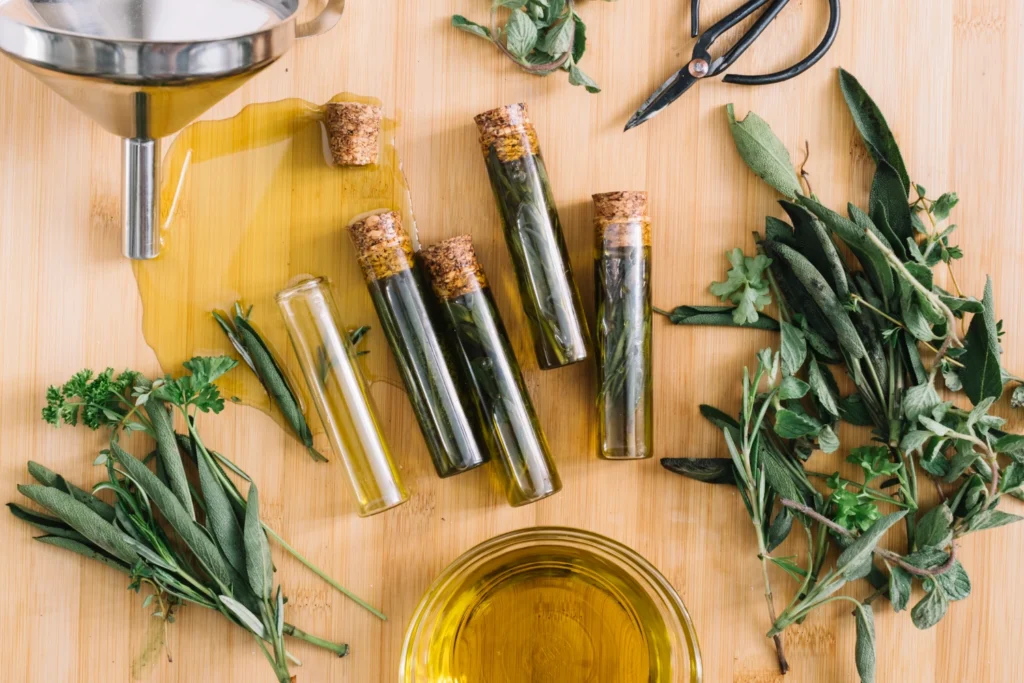
Recipes for Making Essential Oils at Home
If you’re ready to try making some essential oils, here are a few simple recipes you can follow.
Lavender Essential Oil Recipe
- Ingredients: Fresh lavender flowers, distillation kit, water
- Steps: Place the lavender flowers in the distillation chamber, add water, and allow the steam distillation process to begin. After the steam condenses, separate the lavender oil from the water.
Peppermint Essential Oil Recipe
- Ingredients: Fresh peppermint leaves, distillation kit, water
- Steps: Crush the peppermint leaves to release their oils, then steam distill the leaves. Collect the oil and store it in a dark glass bottle.
Lemon Essential Oil Recipe
- Ingredients: Fresh lemon peel, distillation kit, water
- Steps: Peel the lemons and steam distill the peels. Collect the oil and store it in a dark bottle.
Storing and Using Your Essential Oils Safely
Once your essential oils are ready, proper storage is key to ensuring they maintain their potency.
How to Store Essential Oils
Store your oils in dark glass bottles to protect them from light. Keep them in a cool, dark place, and avoid exposing them to heat or sunlight. Proper storage will extend the shelf life of your oils.
Safe Use of Essential Oils
Always dilute essential oils with a carrier oil before applying them to your skin. This helps prevent irritation and allows you to enjoy the benefits of the oils without risk.
Conclusion: Embrace the Healing Power of Essential Oils
Now that you know how to make essential oils, it’s time to start creating your own aromatic blends. Whether you’re using them for relaxation, health, or simply to add a touch of nature to your home, homemade essential oils are a rewarding and therapeutic addition to any lifestyle. Get started today, and experience the healing powers of nature in your own home.
Are you ready to try making your own essential oils? Gather your materials, pick your favorite plants, and start creating. If you found this guide helpful, share it with friends who would also love to explore the world of essential oils!
FAQ Section: Frequently Asked Questions About How to Make Essential Oils
- How do I make essential oils at home?
- You can make essential oils by harvesting plant material, using a distillation kit, and applying methods like steam distillation or cold pressing to extract the oils.
- You can make essential oils by harvesting plant material, using a distillation kit, and applying methods like steam distillation or cold pressing to extract the oils.
- Can I make essential oils without a distiller?
- Yes, you can make infused oils by soaking herbs in a carrier oil. This is a simpler method but won’t produce the same concentrated oils as distillation.
- Yes, you can make infused oils by soaking herbs in a carrier oil. This is a simpler method but won’t produce the same concentrated oils as distillation.
- What are the best plants to use for making essential oils?
- Popular choices include lavender, peppermint, eucalyptus, lemon, and rosemary. Choose plants that are fresh and free of pesticides for the best results.
- Popular choices include lavender, peppermint, eucalyptus, lemon, and rosemary. Choose plants that are fresh and free of pesticides for the best results.
- How do I store my homemade essential oils?
- Store essential oils in dark glass bottles in a cool, dry place, away from heat and light to preserve their potency.
- Store essential oils in dark glass bottles in a cool, dry place, away from heat and light to preserve their potency.
- Are homemade essential oils as effective as store-bought oils?
- Yes, homemade essential oils can be just as effective as store-bought oils, provided you use fresh, high-quality plants and proper extraction methods.
